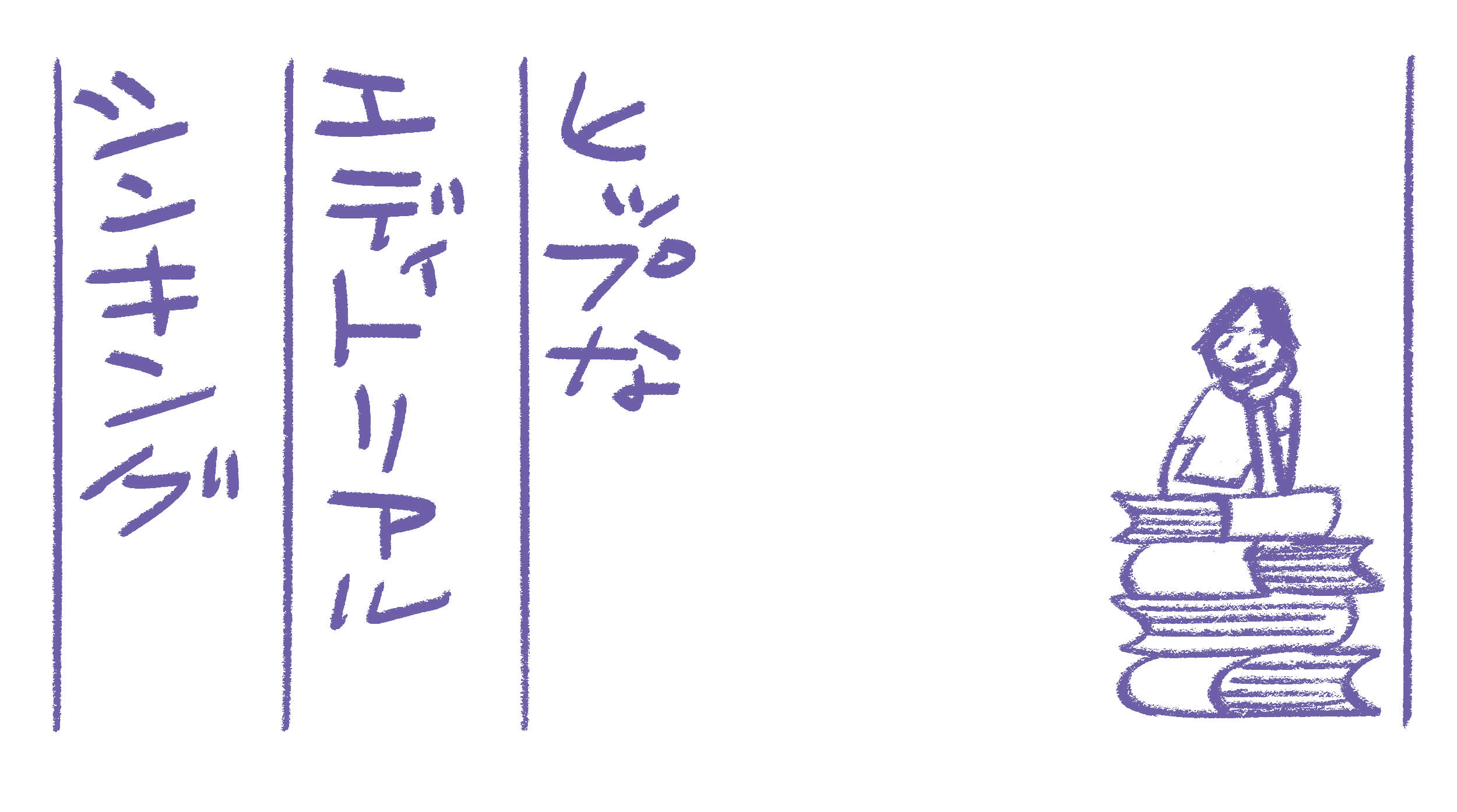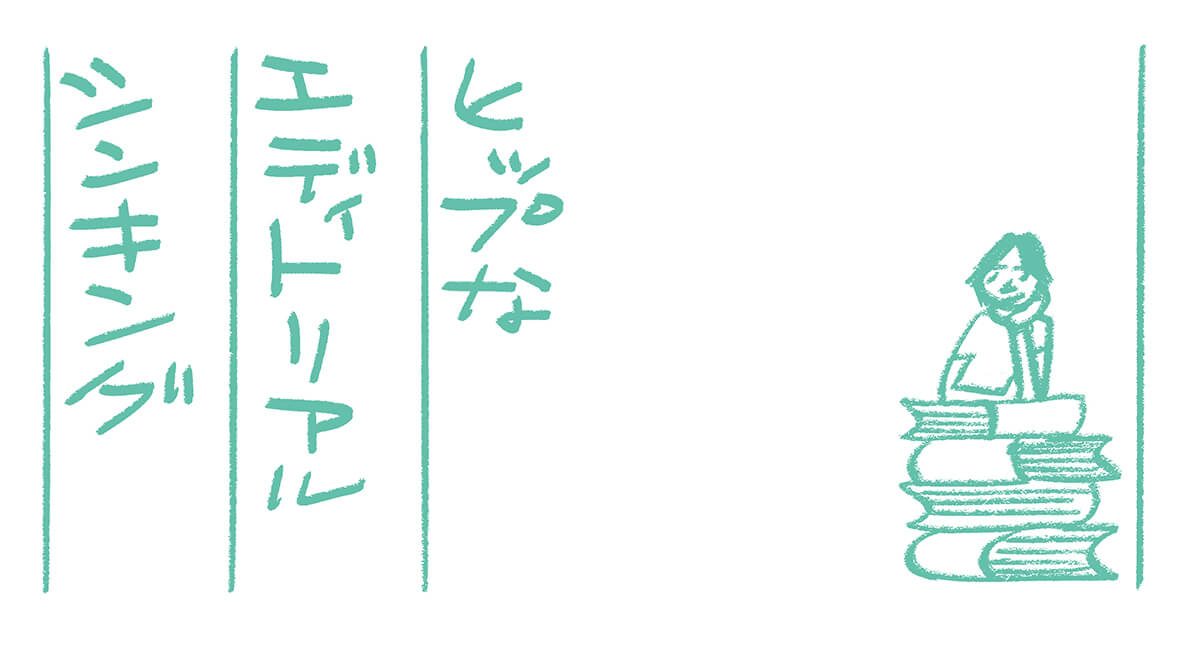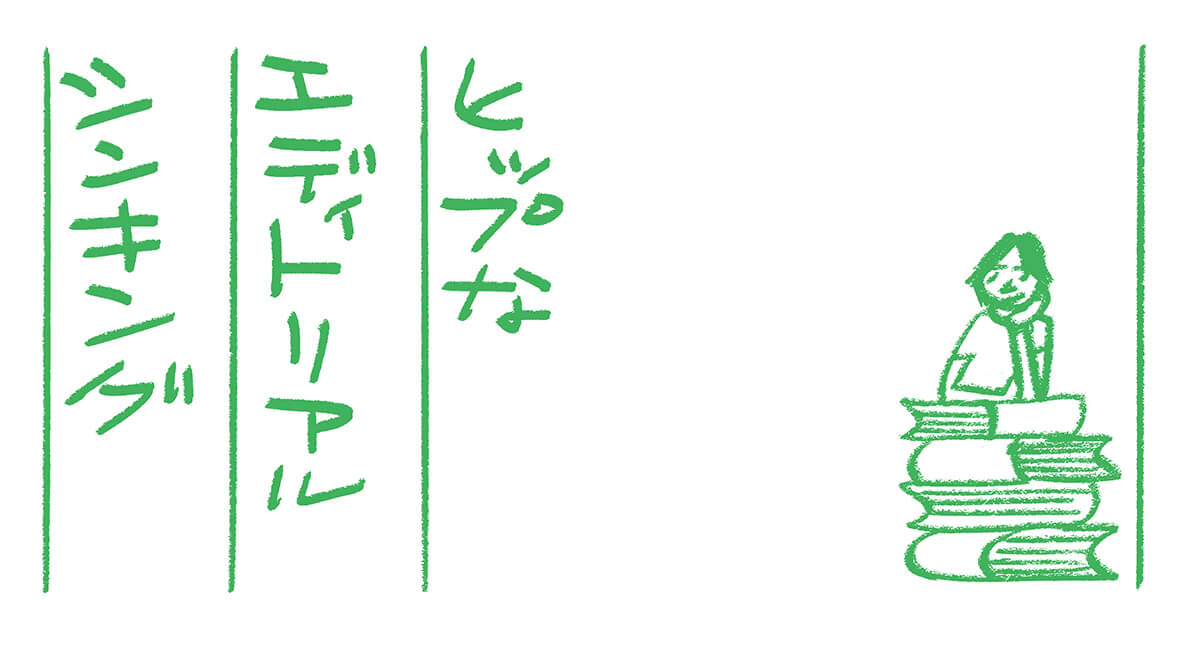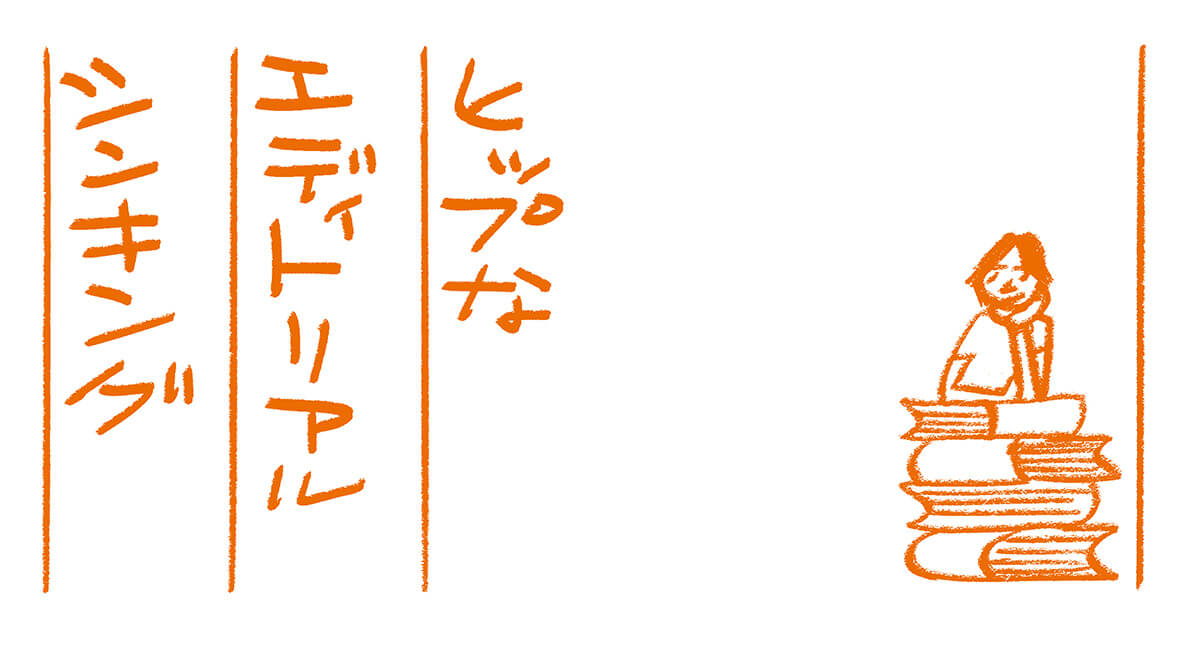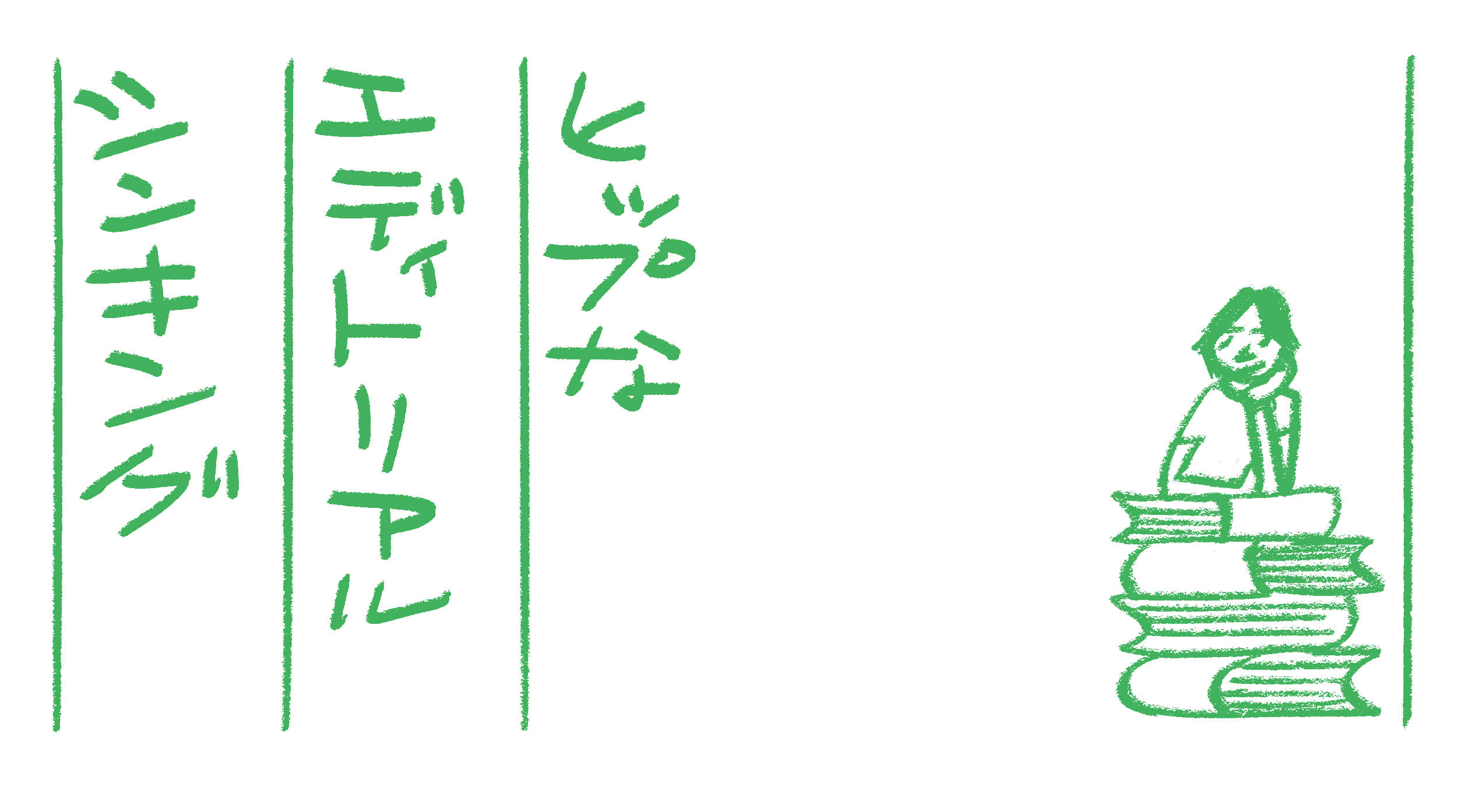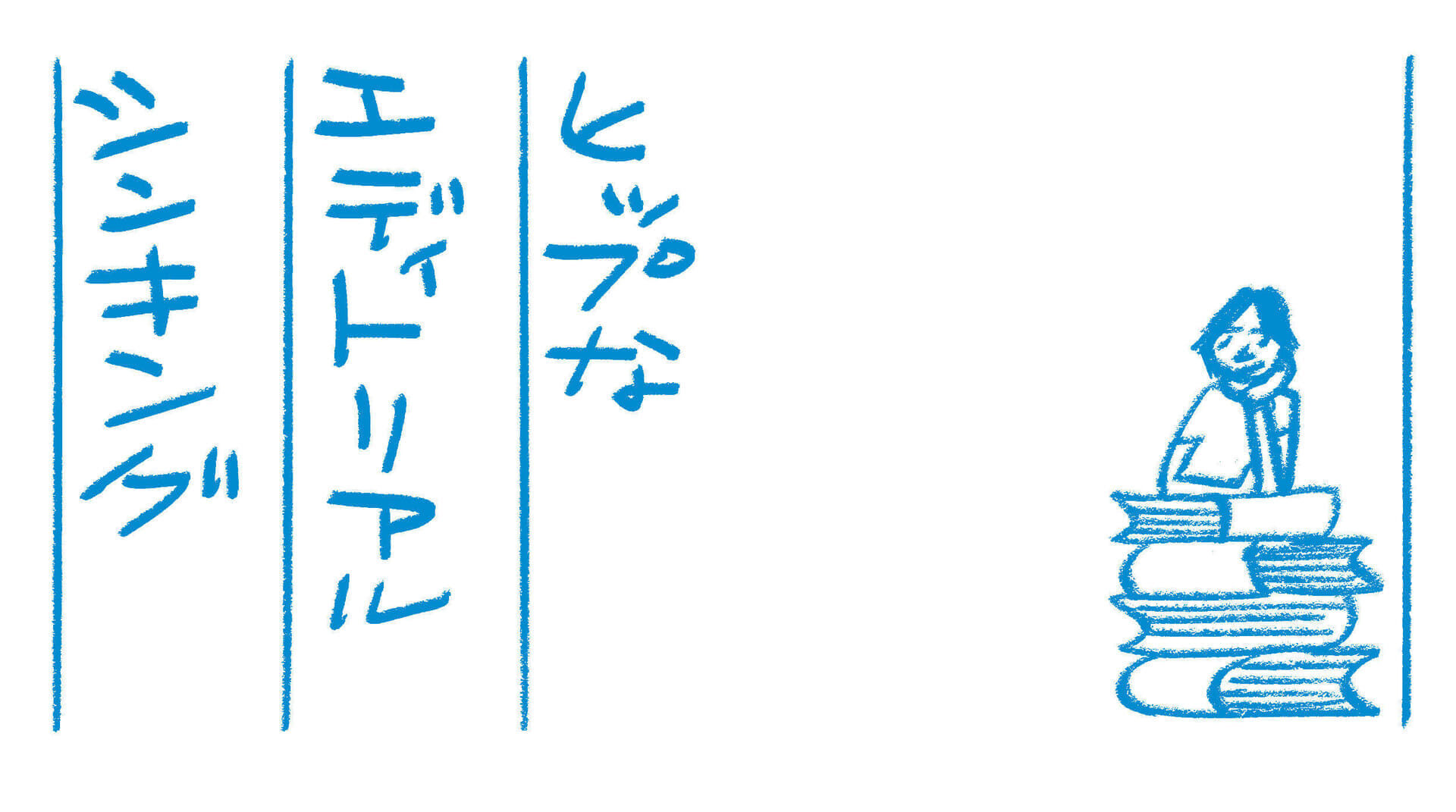The 11thDon't think from scratch, look for precedent.
Every day, many creative works, such as music and stories, are born all over the world. This activity has been going on for hundreds of years, even before the emergence of Gutenberg and Edison, and even before the flowering of culture. They will continue for as long as people continue to live their lives.
Then I think about it. How likely is it that a created work will unintentionally become similar to something created in the past?
There was a program on J-WAVE by Piston Nishizawa called "Musical Coincidences". I don't mean to say that the songs are pacifists, but there are many songs that are very similar to each other. It is a rather nasty corner that introduces them by calling them coincidences.
The songs presented certainly resemble those made before that time. Since there are only a few hundred chord progressions in pop music, it is inevitable that some of them will be similar, but even I, an amateur musician, can't help but think that some of them are not good.
Recently, when I heard "Memories" by Maroon 5, bells rang in my head. Upon further investigation, I found that it was Pachelbel's "Canon" itself. This chord progression itself is a popular one called "Canon Progression," and it seems safe to say that the copyright of the original has expired, but there are many works in the world that are similar to this one, whether intentionally or not.
Some literary works have similarities.
Ryunosuke Akutagawa's "The Spider's Thread" is similar to Karamazov's "One Onion," and the same Akutagawa's "Imogoshi" and Gogol's "The Cloak" are literary coincidences.
Today, when the world is connected via the Internet, this kind of information spreads very quickly.
The girls' manga "Candy Candy" may have elements of "Wakakusa Monogatari," "Anne of Green Gables," and "Ashinaga Ojisan" scattered throughout, as Naoyo Ogushi points out in "Tachidonai Shoujo-tachi" (Shokakusha), but this does not make it a pacri.
Whether we like it or not, it is fair to say that the majority of contemporary creations are under the influence of past works.
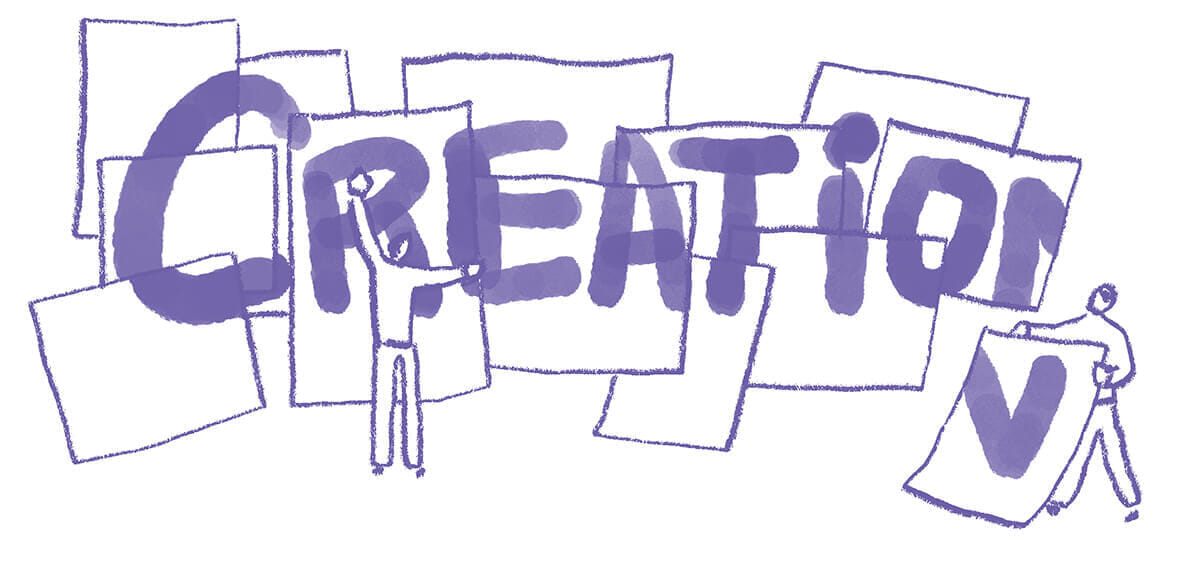
On a different note, when a modern singer covers an old song and it becomes popular, it is sometimes misinterpreted as being more original. This is not a laughing matter, as it is not a matter of being uneducated. There are many such examples, and you never know when you might be in a position to be laughed at.
I have heard of young people who heard the original one and thought it was a rip-off, which I have.
Creations have been made in the past and continue to be made in the present, and it is impossible to see, hear, and read them all. I can't possibly read through the entire library collection, and I've given up on trying to cover all the works on Netflix.
There will be even more accidents in the future, when the number of works will increase, when the painstaking creation actually resembles something else.
It is what is called "reinventing the wheel." The definition of this term is wasting time trying to create something yourself that someone else has already created.
Just because I write this, I am not saying that creative activity is nonsense. Creative activity will become more and more difficult, but I honestly admire the creativity and attitude of those who continue to do so.
Plagiarism is a crime
Most people find it difficult to create something from scratch. First of all, language is an acquired skill. We are not born with the ability to speak. Words are passed from mother to child, stories are passed from mouth to mouth, or through literature and now electronic devices. It is not possible to weave words that are more than what we have heard or experienced.
It is fair to say that any original story is a mix of several memories that have been received from somewhere else and then pieced together, cut and pasted together, and mixed. If that is called editing, then those who excel in such editing skills have become storytellers. Writers who are recognized for their story structure and rhetoric are another talent.
Although there are original and original creations such as paintings and sculptures, there are still influences from others, as there is a phenomenon known as the XX school in some periods. We can call it a trend.
We editors have to deal with illustrations and photographs in addition to written manuscripts. In particular, we are required to create original images in the form of illustrations and photographs. It is the kind of work required of painters, writers, and musicians.
When we create, we want to create an original and high quality image that impresses others. Fashion editors, stylists, and others involved in creation are always obsessed with creating images with high aspirations.
The most abhorrent thing is piracy. Work whose source is readily identifiable is devalued.
Now that the number of artisanal editors has decreased and the number of professional editors has increased, we see the same images being used in all media, but if you have gone to the trouble of getting into this business, don't you want to do a job that will make people groan?
Unfortunately, however, there are many people around me who create images that they have seen somewhere else. I understand that it is difficult to create, but it makes me sad when I see work that has been taken from somewhere close. At the very least, if the work is supposed to be a homage or respect, it should be clear what is taken from the original and what is different. The original must also be widely known by the population.
If you are going to take at least some of it from the original, which has no name, you should pick it up from somewhere far away. Maybe from a photo taken by a nobody city person in a distant country, or from an old movie in a communist country that nobody knows about.
As I wrote above, it is almost impossible to create an original work from scratch. Everyone has a variety of experiences, and each person has his or her own drawers. We collect ideas from drawers here and there in our minds, and combine them with ideas pulled from far away places to create something new. This is what leads to originality.
I wonder if they are content to make degrading copies that resemble familiar images. It is embarrassing from the side.
They look for precedents and combine them with others to create something new. A California roll wrapped with avocado, for example, is a rediscovery of sushi and a dish with originality. You may say this is an unorthodox approach, but I hope you will get some kind of hint for creating something new from this kind of cultural fusion.
PROFILE
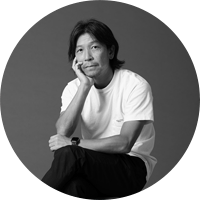
After working as a freelance editor, he founded Lino Inc., a production company that handles editing and production, etc. In 2004, he launched HOUYHNHNM.


